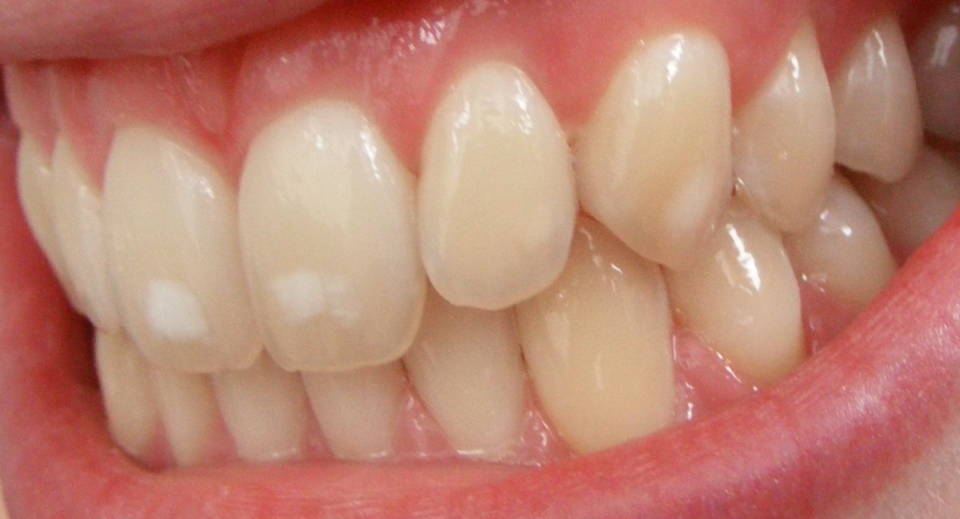Fluorosis is a dental and skeletal disorder induced by consuming too much fluoride during childhood. While fluoride is effective in preventing dental decay when used in proper doses, excessive exposure can result in fluorosis as described by a family dentist in Port Orange, FL. Fluorosis can cause tooth discoloration and weakness, as well as skeletal deformities in extreme cases. This blog article attempts to shed light on fluorosis, including its causes, symptoms, and preventative strategies.
What Are the Causes of Fluorosis?
Fluorosis occurs when the body consumes an excessive amount of fluoride during the tooth and bone growth stages, which usually occur between infancy and the age of eight. Drinking water containing high amounts of fluoride is one source of excess fluoride. Certain places have naturally high fluoride levels in their water supplies. Fluoridated toothpastes are another contributing factor. Children who swallow fluoride toothpaste rather than spitting it out may consume high levels of fluoride, contributing to fluorosis.
What are the Symptoms of Fluorosis?
The severity of fluorosis can vary depending on the amount of fluoride ingested and the duration of exposure. Common symptoms include:
- Discoloration of Tooth: Mild fluorosis may cause white streaks or spots on the teeth, while severe cases can result in brown discoloration and surface pitting.
- Abnormalities in Tooth Enamel: Teeth affected by fluorosis may appear chalky and feel rough to the touch.
- Skeletal fluorosis: In rare cases of prolonged exposure to high levels of fluoride, skeletal fluorosis may occur, leading to joint pain, stiffness, and bone fractures.
Prevention:
Preventing fluorosis involves controlling fluoride intake during childhood while still benefiting from its cavity-fighting properties. Here are some preventive measures:
- Monitor fluoride use: Parents should supervise young children while brushing their teeth to ensure they use an appropriate amount of fluoride toothpaste and spit it out rather than swallowing it.
- Monitor water sources: Families residing in areas with fluoridated water should be aware of the fluoride concentration and consider alternative water sources if necessary.
- Use fluoride supplements cautiously: Fluoride supplements should only be taken with the advice of a healthcare expert and in locations where the fluoride levels in the water are insufficient for oral health.
Fluorosis is a preventable illness that emphasizes the need to weigh the advantages of fluoride in tooth health against the hazards of overexposure. Individuals and communities may take proactive actions to protect dental and bone health while reducing the risk of negative consequences associated with excessive fluoride consumption by learning the origins, symptoms, and preventative measures of fluorosis. Regular dental check-ups and discussions with healthcare specialists can help you maintain adequate fluoride levels for general health.

